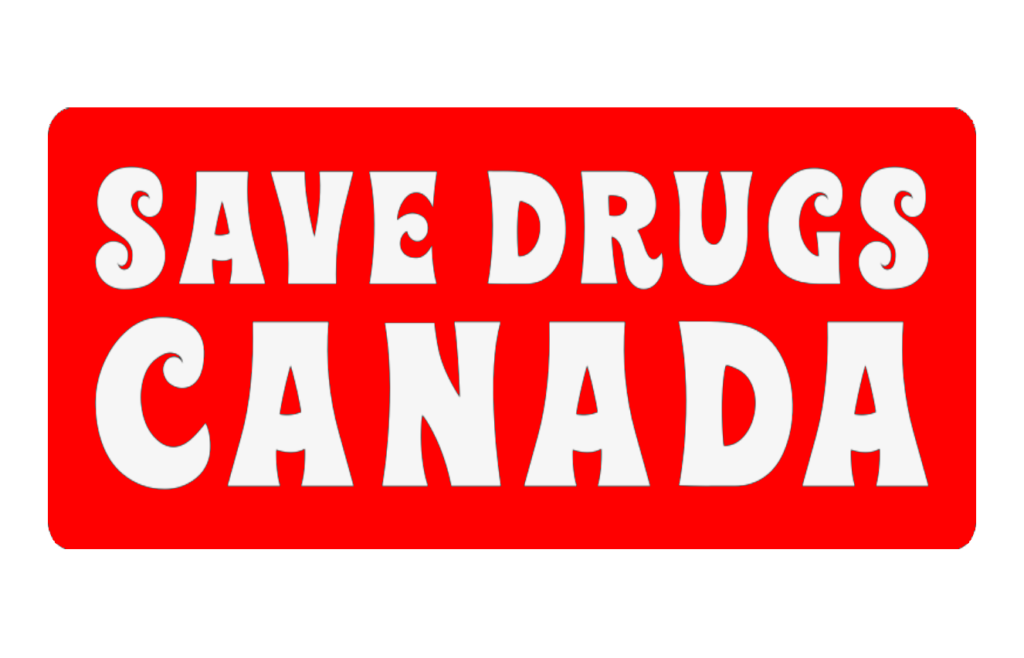Lysergic acid diethylamide (LSD), often associated with counterculture movements of the 1960s, has experienced a renaissance in recent years as researchers revisit its therapeutic potential in controlled clinical settings. Once demonized as a dangerous drug of abuse, LSD is now being studied for its promising applications in treating various mental health disorders. This article delves into the therapeutic uses of LSD, examining its history, mechanisms of action, and potential clinical applications in psychiatry.
Understanding LSD: LSD is a potent psychedelic compound derived from ergot, a fungus that grows on certain grains. Discovered in 1938 by Swiss chemist Albert Hofmann, LSD gained prominence in the 1950s and 1960s as a tool for psychotherapy and consciousness exploration. However, due to its association with the counterculture movement and concerns about its safety and potential for misuse, LSD was classified as a Schedule I controlled substance in the United States in the early 1970s, severely restricting its use in research and clinical practice.
Therapeutic Potential of LSD: Despite its controversial history, LSD has shown promise as a therapeutic agent for treating various mental health conditions, including depression, anxiety, post-traumatic stress disorder (PTSD), and substance use disorders. Research conducted over the past few decades has provided compelling evidence supporting its efficacy and safety when administered under controlled conditions and with appropriate supervision.
- LSD-Assisted Psychotherapy for Depression: One of the most promising therapeutic applications of LSD is its use in the treatment of depression, particularly treatment-resistant depression (TRD). Clinical trials have demonstrated that LSD, when administered in conjunction with psychotherapy in a controlled therapeutic setting, can induce profound and sustained antidepressant effects.
The mechanism underlying LSD’s antidepressant action is believed to involve the modulation of serotonin neurotransmission, leading to alterations in mood, cognition, and perception. By facilitating introspection, emotional processing, and insights into underlying psychological issues, LSD can help individuals break free from maladaptive patterns of thinking and behavior, leading to improved mood and well-being.
-
LSD-Assisted Therapy for Anxiety Disorders: In addition to depression, LSD-assisted therapy shows promise in the treatment of various anxiety-related disorders, including generalized anxiety disorder (GAD), social anxiety disorder (SAD), and existential anxiety associated with life-threatening illnesses. LSD’s ability to induce mystical or transcendent experiences, often described as ego dissolution or oceanic boundlessness, has been linked to reductions in anxiety, fear, and existential distress.
-
LSD-Assisted Therapy for PTSD: Preliminary research suggests that LSD-assisted therapy may hold promise for individuals struggling with post-traumatic stress disorder (PTSD). By facilitating reprocessing of traumatic memories, enhancing emotional regulation, and promoting feelings of safety and connection, LSD can help individuals confront and integrate traumatic experiences, leading to symptom relief and improved quality of life.
-
LSD-Assisted Therapy for Substance Use Disorders: Emerging evidence suggests that LSD-assisted therapy may be effective in the treatment of substance use disorders, including alcohol dependence, tobacco addiction, and opioid addiction. By inducing profound alterations in consciousness and perception, LSD can help individuals gain insight into the underlying psychological roots of their addictive behaviors, leading to reduced cravings, enhanced motivation for change, and increased likelihood of long-term recovery.
Challenges and Considerations: While the therapeutic potential of LSD is promising, its use in clinical settings is not without challenges and considerations. Concerns regarding potential adverse effects, including psychological distress, adverse reactions, and exacerbation of underlying psychiatric conditions, underscore the importance of rigorous safety protocols, patient screening procedures, and trained supervision.
Furthermore, regulatory barriers, stigma, and legal restrictions surrounding the use of psychedelics in therapy pose significant obstacles to widespread adoption and acceptance. However, as research continues to advance and public attitudes evolve, there is growing recognition of the need to explore alternative treatments for mental health disorders and embrace the therapeutic potential of psychedelics in a responsible and evidence-based manner.
In conclusion, the therapeutic uses of LSD represent a promising frontier in modern psychiatry, offering new hope for individuals struggling with treatment-resistant mental health conditions. From depression and anxiety to PTSD and substance use disorders, LSD-assisted therapy holds promise as a novel and effective treatment modality with the potential to transform lives.
As ongoing research continues to unravel the mechanisms of action and therapeutic potential of LSD, it is essential to approach its use with caution, respect, and scientific rigor. By harnessing the healing power of psychedelics in conjunction with psychotherapeutic interventions, we may unlock new pathways to healing, insight, and personal transformation, ushering in a new era of psychedelic-assisted psychotherapy and mental health treatment.
